SPL Lighting Gas Discharge Lamps
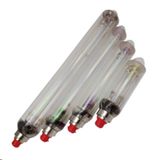
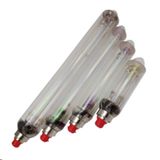
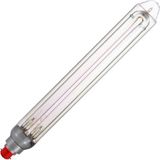
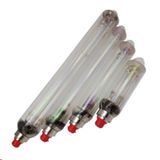

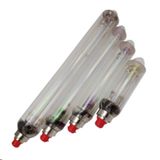
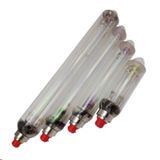
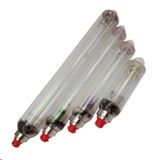
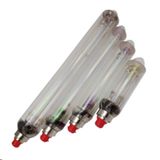
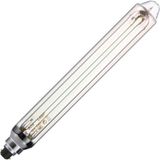
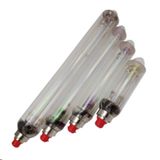
spl lighting gas discharge lamps ranges and bases
The catalog covers the classic HID families used in streets, arenas, and high-bay halls. Caps and holders include E27/E40 screw for retrofit floods, double-ended RX7s/RX7s-24 for compact projectors, and G12/GX12-1 for small optics with tight beams. Power nodes typically span 35/70/100/150/250/400 W (select lines to 1 kW). Nominal system voltage is 220–240 V, 50/60 Hz with external control gear. Warm-up to full flux takes ~2–5 minutes; hot restrike needs an ignitor with adequate open-circuit voltage or a cool-down interval per lamp type. Typical efficacy bands: 75–110 lm/W on white sources and 90–150 lm/W on golden/yellow sources. Lumen maintenance curves and life specs (usually 12–20 k h to median failure) are published per series so maintenance intervals can be planned, not guessed.
spl lighting metal halide lamps optics and colour
White MH lines come in quartz and ceramic families. Quartz types deliver 3000 K/4200 K/5600 K with CRI 65–85; ceramic variants tighten colour to ≤3–5 SDCM and CRI 80–95, with 3000 K and 4000 K as the workhorses for retail floors and sports halls. Compact G12 and RX7s formats keep the arc short for high centre-beam candle power in narrow reflectors; elliptical E40 lamps feed deep flood reflectors for wide throws. UV-stop outer bulbs and integral shrouds protect filters and plastics; many heads add a tempered front glass by design. Expect hot restrike voltage requirements in the 20–35 kV class—pair with the correct superimposed ignitor and cable rating.
spl lighting sodium discharge lamps efficiency and duty
High-pressure sodium remains the efficiency leader for long spans and tall masts. Golden 2000–2200 K output with CRI 20–30 is standard for roads and yards; white-spectrum “cosmopolitan” variants lift CRI into the 60s at a small efficacy penalty. E27/E40 single-ended lamps run 50–400 W with 100–150 lm/W typical and long service life (up to 24–32 k h to 10% failures on selected lines). Constant wattage or electronic ballasts stabilise output against mains drift; end-of-life cycling is a known feature—choose gear with EOL protection so luminaires don’t strobe after years in service.
spl lighting hid lamps control gear and ignition
Ballast families include:
- Magnetic CWA for robustness and simple service.
- Electronic for higher PF (≥0.95), tighter power control, and sometimes faster hot-restrike.
Ignitor choices: series or superimposed, matched to lamp voltage and cable length. Use heat-rated lampholders and silicone gaskets near hot envelopes. SPD upstream protects gear from switching surges; 4 kV L-L is a sensible target on outdoor circuits. Standards commonly referenced: IEC 62035 (discharge lamp safety), IEC 61167 (MH performance), IEC 60662 (HPS), and luminaires to IEC/EN 60598-1. Note mercury handling and recycling requirements in local jurisdiction; packaging lists Hg content for compliant disposal.
Application cues and optic pairing
- Sports and facades: ceramic MH G12/RX7s in 3000/4000 K, CRI 90 options for broadcast and colour-critical venues.
- Warehouses and yards: E40 sodium for long poles and lowest energy per lux; add neutral-white MH where colour rendering matters.
- Retail atria and halls: ceramic MH in compact projectors for punchy highlights; UV-block glass protects fabrics.
- Road and area: tubular sodium with asymmetric street optics; long life and stable lumen output suit maintenance cycles.
Where specs mention spl lighting mercury lamps, treat them as legacy replacements for existing gear only and plan a migration path to higher-efficacy sources or LED where regulations tighten.
Series and constructions at a glance
- Ceramic MH compact — G12/RX7s arc tubes, tight CCT/CRI control for precise beams.
- Quartz MH high-output — E40 single-ended for floods up to 1 kW.
- High-pressure sodium — E27/E40 elliptical and tubular with long life and very high lm/W.
- Protected quartz — outer bulb with internal shroud for luminaires without front glass.
These are the backbone of spl lighting high intensity discharge lights used where punch, reach, and proven optics outweigh instant-on needs.
Installation and service notes
Warm-up/relamping: allow cool-down before hot restrike if gear lacks boosted ignition. Keep lampholder contact resistance low—heat darkening at the cap is a failure precursor. For enclosed luminaires, verify maximum envelope temperature; many MH/HPS outer bulbs specify ≤350–400 °C at the neck. Publish aiming data with CBCP at working distances so beam selection meets lux targets the first time.
Selection checklist for specifiers
- Task and colour: CRI target and CCT (ceramic MH for colour, HPS for efficacy).
- Wattage and optic: narrow beam in RX7s/G12, wide floods in E40 ellipticals.
- Gear match: magnetic CWA vs electronic; ignitor type, cable length, hot-restrike needs.
- Environment: IP/IK of the luminaire, ambient, surge level, and front glass requirement.
- Lifecycle: lumen maintenance curve, EOL behaviour, and relamp interval planning.
For heavy-duty yards and high-mast plants, the tender will often group them as spl lighting industrial discharge lamps—lock lamp type, ballast family, and optic code on one line to keep procurement and maintenance aligned.